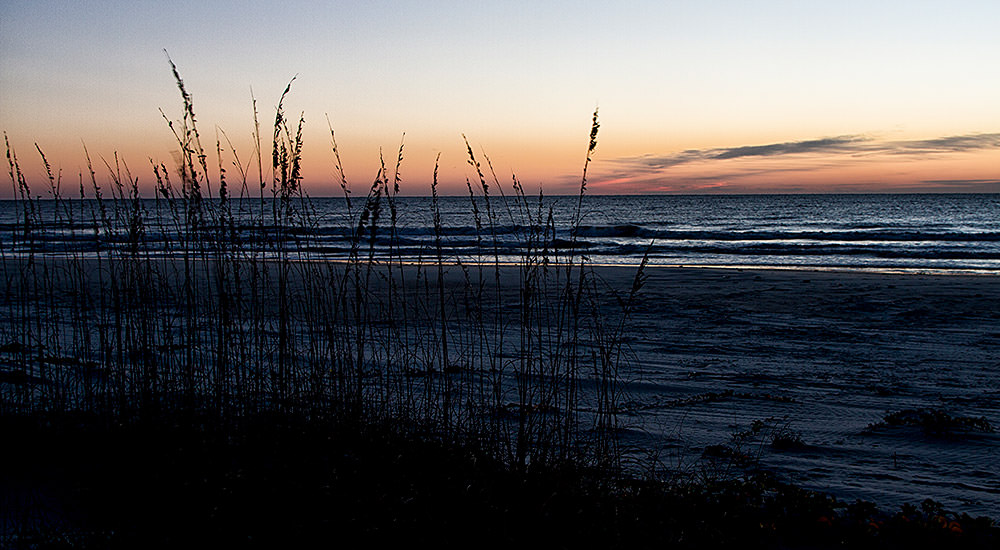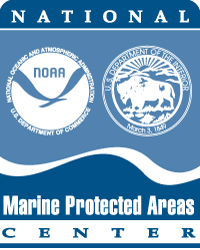
The U.S. has more than 1700 MPAs. These areas cover more than 41% of U.S. marine waters, and vary widely in purpose, legal authorities, managing agencies, management approaches, level of protection, and restrictions on human uses.
Some highlights:
- About 8% of all U.S. waters are in an MPA focused on conserving natural or cultural resources (excludes fishery MPAs which often have specific gear restrictions over large ocean areas)
- About 41% of all U.S. waters are in some form of MPA
- Nearly all (86%) of U.S. MPAs are multiple use
- "No take" MPAs occupy only about 3% of all U.S. waters
- Less than 8% of the area in MPAs in the U.S. is "no take"
- The majority of U.S. MPAs are located within the Virginian Atlantic marine ecoregion, which extends along Cape Hatteras northward to Cape Cod
- State and territorial governments manage approximately 75% of the nation’s MPAs, but most MPA area is managed by federal agencies
For additional information on the nation's MPAs, download the fact sheet "Analysis of United States MPAs"
Regional Analysis
Disclaimer
The statistics in the "Analysis of United States MPAs" fact sheet are current as of March 2012 and are based on 1,563 sites in U.S. marine waters (0-200 nautical miles) with GIS data.
Some upstream and estuarine MPAs meet the definition of "marine" and thus are included in the national and regional number of MPAs. However, they are not included in statistics on MPA area because they are not located geographically within the area defined as "U.S. marine waters" (0-200 nautical miles) or Great Lakes.
Links
- MPA Mapping Tool
- MPAs Classification
- National System of Marine Protected Areas
- Inventory
- MPA Programs
For More Information:
If you would like more information about the MPA Center's analysis of United States MPAs, please write to the GIS Manager.
 Marine Protected Areas
Marine Protected Areas